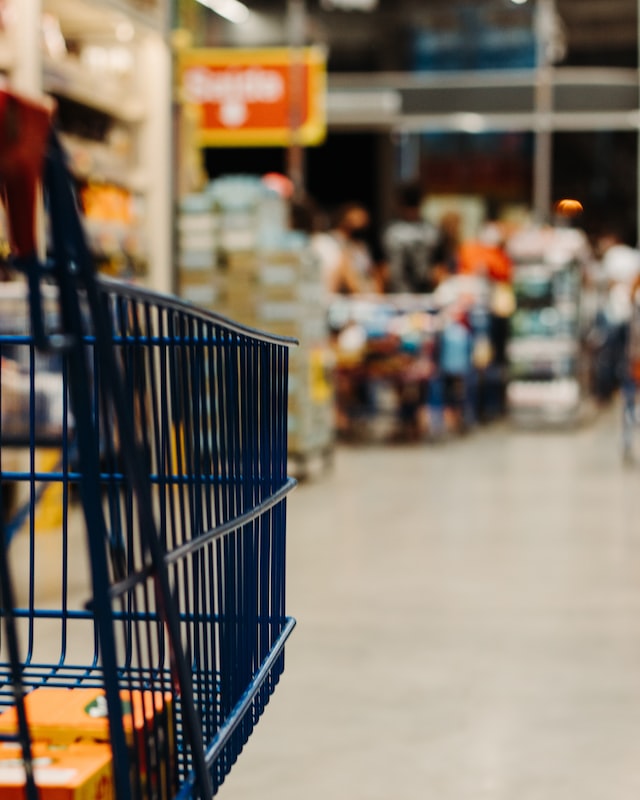Consumers’ shift toward more convenient and economical grocery alternatives should help guide startup specialty food makers, as well as specialty food retailers, in the year ahead, according to a report from NielsenIQ.
The 2023 Outlook for Emerging CPG Brands report found that consumers plan to cut back on spending in a variety of areas, although many said they expected to increase spending on groceries and cut back on restaurant dining. Forty-two percent of consumers surveyed in June said they would spend less at restaurants in the next 12 months, compared with 17 percent who said they would spend less on groceries. Forty percent predicted they would spend more on groceries.
“The report also highlights some of the opportunities available to emerging brands in the new year by accurately identifying and leveraging product attributes and aligning their brand message with their customers’ values,” Andrew Criezis, senior vice president and general manager, NielsenIQ, Emerging Brands, told SFA News Daily. “For specialty food and beverage makers, this alignment is key and can help them build a more effective omnichannel presence.”
As more consumers conduct product research online, it’s increasingly important for brands to highlight relevant product attributes in their product descriptions and on their labels.
U.S. searches for “organic” products online have increased 163 percent since last year, for example, and searches for “plant-based” grew 148 percent. In addition sales of keto products have increased 265 percent compared to three years ago, and “vegan” product sales have grown 102 percent in that time, the report found.
Sustainability has also become increasingly important to grocery shoppers, especially when it comes to product packaging. Nearly 60 percent of shoppers surveyed said the first action brands should take to be considered 'sustainable' is to reduce the amount of plastic in packaging, according to the report.
More than three-fourths of consumers—78 percent—said a sustainable lifestyle is important to them, and 31 percent said they are more likely to buy products with sustainable credentials.
The proof is in the sales data, the report found, as sales of products that make claims based on environmental sustainability, social responsibility, and animal welfare outpaced the overall sales growth of food and beverages of 24.7 percent during the past three years.
The report also highlighted the need for brand messaging to be consistent across channels and the importance of leveraging social media.
Among the strategies brands can employ in the year ahead, according to the report:
• Focus on revenue growth management: Manufacturers need to leverage data to optimize trade promotions amid price inflation.
• Embrace omnichannel: The report found that more than one in five consumers—22 percent—said they plan an in-store trip combined with a prior online order, such as for click-and-collect. “With more tools available to them, like efficient mobile apps and click-and-collect options, consumers are planning out their shopping more than ever before,” the report noted. “Getting customers the products they want in the manner they want will be paramount.”
• Be authentic: “Many brands try to engage Gen Z consumers by being young and playful, but it doesn’t match their brand,” the report found. “This comes off as disingenuous and only serves to push potential customers further away.”
Other advice included remaining agile and investing in data and analytics to drive decision-making throughout the organization.
Criezis also offered advice for specialty food retailers, including the need to refine their assortments.
“With shelf space at a premium and consumers tightening belts, sales velocity and brand growth will be more important than ever to determining whether to keep products on shelf,” he said.
Asking manufacturers to offer a stronger promotional plan may also help offset losses, he said.
Meanwhile, the continued growth of private label—private label sales rose 13 percent in September, and now account for 19 percent of U.S. CPG sales, according to the report—offers retailers the opportunity to increase their own product sales, Criezis said.
“If your products can resonate with consumers and meet their specialty product needs, there’s ample room for growth,” he said.
Related: In-Store Bakery Sales on the Rise; NielsenIQ: Sustainability in CPG to Become Bigger Priority

